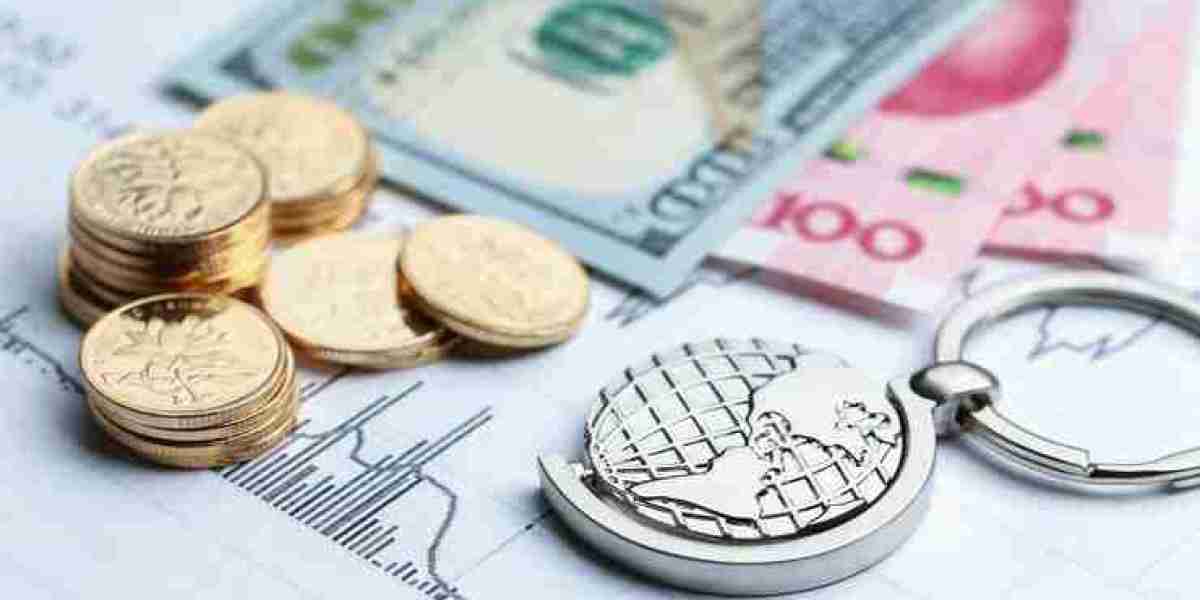Understanding Historical Exchange Rates
Historical exchange rates serve as a window into the economic past, offering insights into the relative value of currencies across different eras. They encapsulate the economic dynamics, geopolitical events, and policy decisions that have shaped the course of nations. From the ancient Silk Road to the modern digital age, exchange rates have been pivotal in facilitating trade, investment, and economic cooperation.
The Ancient Roots
Our journey begins in antiquity, where barter systems prevailed before the advent of standardized currencies. Ancient civilizations such as Mesopotamia and Egypt engaged in trade using commodities like grain, cattle, and precious metals. With the emergence of coinage in the 7th century BCE, exchange rates began to take rudimentary forms, enabling cross-border transactions and fostering economic integration across regions.
The Rise of Empires and Monetary Systems
The expansion of empires, from the Roman Empire to the Islamic Caliphate, brought about new currencies and exchange mechanisms. The Byzantine solidus, the Chinese cash coins, and the Islamic dinar emerged as dominant currencies, facilitating trade along the Silk Road and beyond. Exchange rates played a crucial role in regulating commerce and finance, reflecting the relative strength of empires and their trading partners.
The Age of Exploration and Colonialism
The Renaissance and the Age of Exploration ushered in an era of global trade and colonization, amplifying the role of exchange rates in international commerce. European powers such as Spain, Portugal, and England established vast trading networks, fueled by currencies like the Spanish real and the Portuguese escudo. The influx of precious metals from the New World reshaped exchange rates, leading to economic booms and busts across continents.
The Gold Standard and Bretton Woods
The 19th century saw the rise of the gold standard, where currencies were pegged to gold at fixed exchange rates. This period of monetary stability fostered international trade and investment, underpinning the expansion of the global economy. However, the gold standard collapsed amidst the chaos of World War I, giving way to volatile exchange rate regimes and economic instability.
The aftermath of World War II saw the establishment of the Bretton Woods system, which pegged currencies to the US dollar, convertible to gold at a fixed rate. This arrangement provided a semblance of stability but proved unsustainable due to fiscal imbalances and speculative pressures. In 1971, President Nixon's decision to end the dollar's convertibility to gold heralded the era of floating exchange rates, marking a paradigm shift in global finance.
The Era of Floating Exchange Rates
Since the 1970s, exchange rates have floated freely, determined by market forces of supply and demand. This flexible system allows currencies to adjust to economic fundamentals, inflationary pressures, and geopolitical developments. Central banks intervene periodically to stabilize exchange rates or pursue monetary policy objectives, influencing market dynamics.
Conclusion
These rates encapsulate the intricate dance of economics, politics, and human endeavor across the ages. From ancient barter systems to modern digital currencies, the evolution of exchange rates mirrors the march of civilization itself. As we navigate the complexities of the global economy, let us heed the lessons of history encoded in these exchange rates, guiding us towards a more prosperous and interconnected world.



